product comparison
Heat hazards in the car
In summer temperatures it can quickly become unpleasantly hot in the car. The car can heat up a lot, especially through the windscreen, and the interior temperature can sometimes rise to over 60 degrees Celsius. These high temperatures are hard for humans and animals to tolerate, especially not for a long time. The consequences are:
- Concentration loss
- Stress
- Nervousness
- unpleasant sweating
- Fatigue
This quickly leads to aggressive driving behaviour and thus to an increased accident risk. For this reason, we have summarized a few tips in the following about how best to behave in a car in the summer heat.
The tips are divided into the following areas:
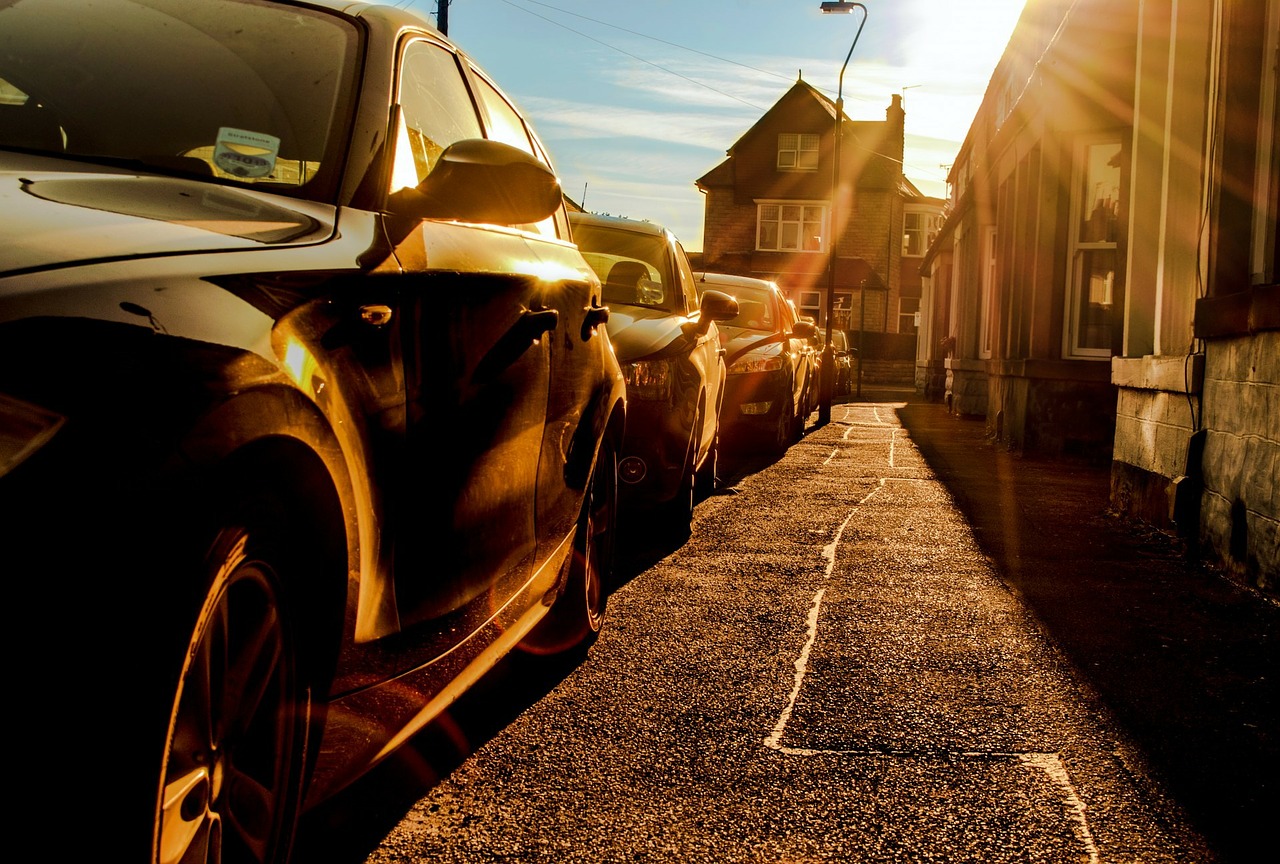
1. How to park the car properly in summer?
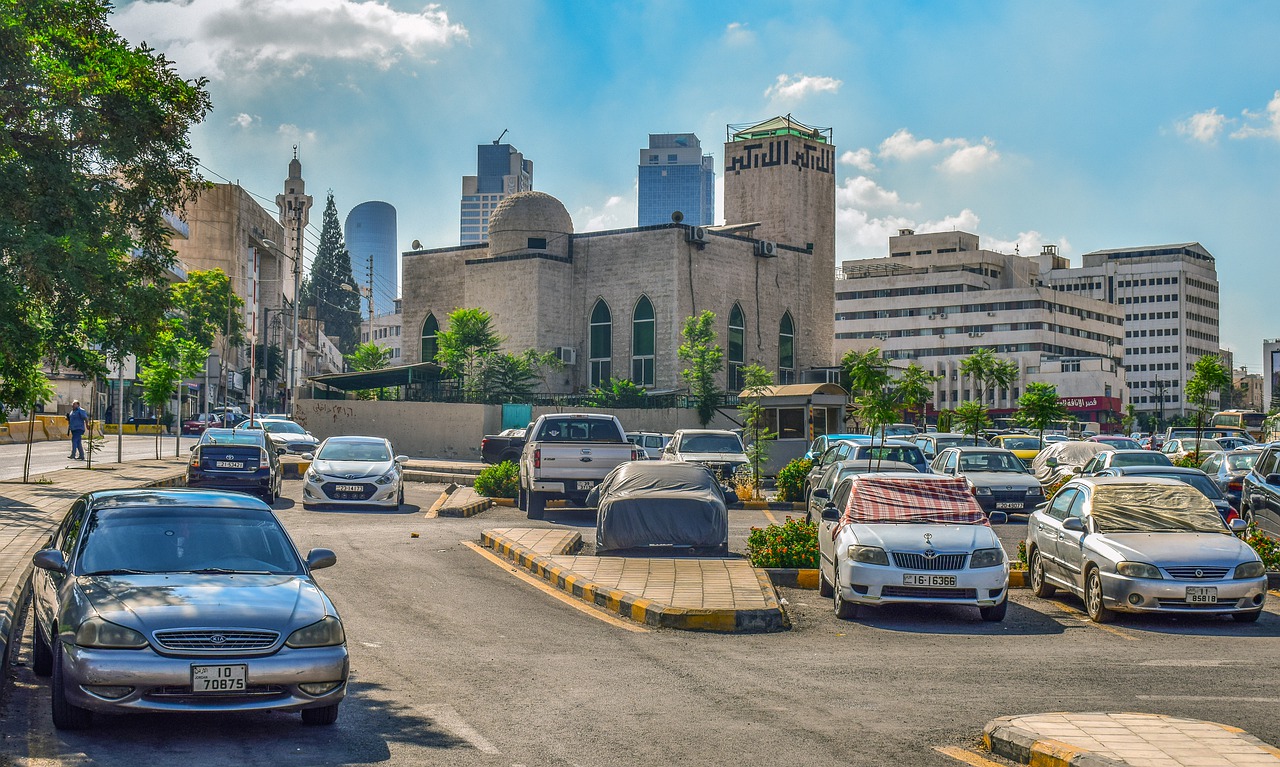
Since the largest amount of sunlight, and thus heat, passes through the windshield, it is advisable to park the vehicle in the shade or with the windshield away from the sun. Of course, the course of the sun must also be taken into account. A cover for the windscreen is also helpful so that the interior does not heat up too much. Who has the choice, should place itself besides rather on gravel instead of on the hot asphalt. The reason for this is that the asphalt heats up more and thus gives off additional heat to the car from below. Alternatively, lawns can also be used for parking, but primarily only for vehicles without catalytic converters. This can quickly heat up to over 600 degrees Celsius, which can set the lawn on fire. You should also avoid parking in woods for cars with catalytic converters.
To the car coversAnother reason for preferring to park the car in the shade is the increasing number of on-board electronics. This is designed for temperatures of up to 85 degrees Celsius, but under the bonnet it can quickly get up to 100 degrees under strong sunlight. In addition, the shady place helps that neither the steering wheel nor the gear knob heat up too much and you get burns. In addition, the two parts could be covered with a light towel, or at least the steering wheel so strongly smashed that it faces up with the lower side. Light-coloured towels can also be used for children's and leather seats so that they don't heat up so much.
What must not stay in the car in summer during parking?
The interior can heat up to 60 degrees Celsius within an hour. Just 15 minutes in the blazing sun is enough to cause the temperature inside the car to rise so sharply that it can lead to circulation problems. Therefore the following should not remain in the car:
- People especially children and elderly
- Pets
- spray doses
- Drugs
- Electronic devices such as smartphones, MP3 players, tablets and Co.
Children and pets do not tolerate the high heat in the car. It also does not help if the window remains open a gap. Typical symptoms of heat strokes are dizziness and vomiting. Pets also have bright red tongues, shortness of breath despite panting and glassy eyes. Therefore, in both cases the police must be alerted immediately. Draughts should also be avoided in children and pets, as this can quickly lead to conjunctivitis. Likewise, parking in the shade is not sufficient to keep the car cool enough so that children and pets can remain in the car.
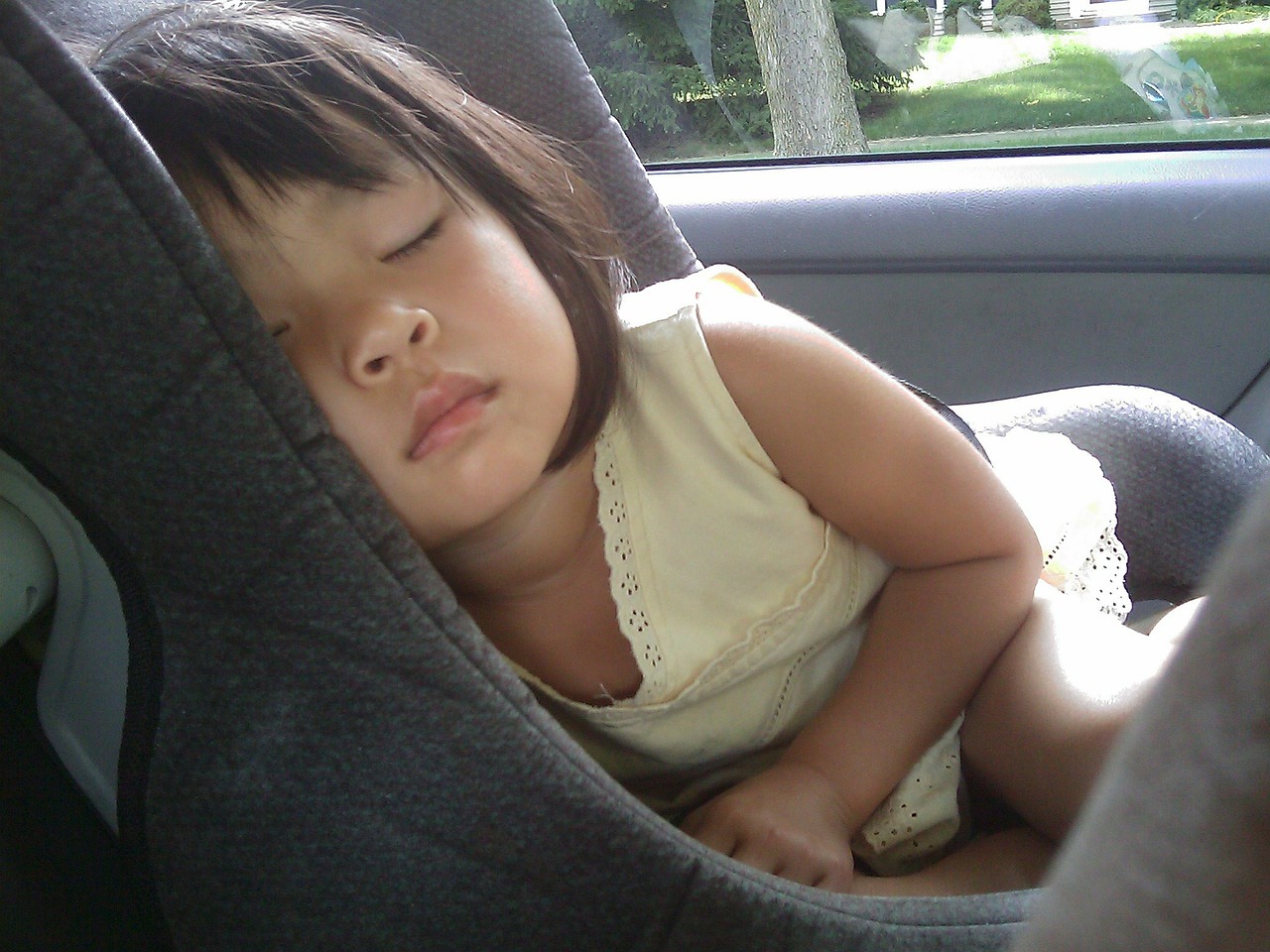
In spray cans, on the other hand, the gases inside the can can expand and, in the worst case, cause the can to explode. The coolest place to store spray cans, if they have to be carried in the car, is the glove compartment. Even medicines do not tolerate great heat, since the chemical composition can change from a temperature of 25 degrees Celsius. This can make medicines ineffective and/or cause undesirable side effects. Smartphones, MP3 players, tablets and the like should not be exposed to direct sunlight while parking or driving. The batteries could lose power or the display and electronics could suffer heat damage.
2. What is the driver allowed to carry in the car when it is very hot and what can the passenger do?
When the car heats up, many drivers wonder what to wear best. The considerations range from head to toe. We will clarify the following points a little:
- Shoes
- Clothing
- Sunglasses
Many drivers like to drive in flip-flops or even barefoot in summer. This is not forbidden, but only as long as nothing happens. In the event of an accident, the driver with the wrong shoes can be blamed, because with both "shoe variants" there is a great danger of slipping off the pedal. Therefore it is better to use sandals. For professional drivers, by the way, the rule applies that sturdy shoes must always be worn!
As well as footwear, clothing is always an issue. Bikini is ok, topless should only be done by men. Topless in women, however, can lead to distraction of other road users and is therefore not advisable. Down without it is not forbidden, as long as one does not have to get out. This could be interpreted as an exhibitionist act that is punishable by law. Skirts and trousers that are too short can cause you to burn yourself in the heated leather seats. Also the sunglasses are discussed again and again. This is allowed in principle, but it must not be tinted more than 92%. So that the driver can recognize the colors of the traffic light nevertheless, even a maximum tinting of only 75% is recommended.
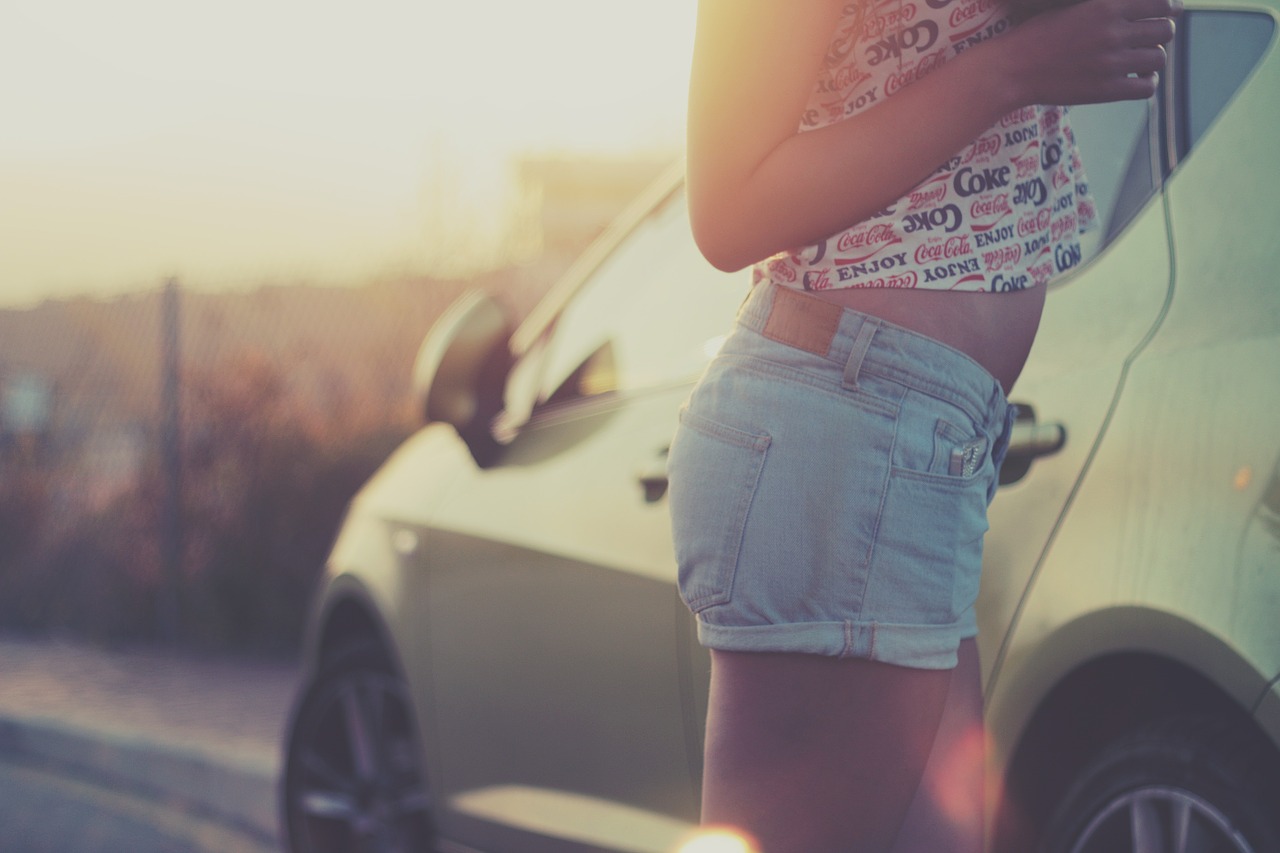
Eating and drinking at the wheel is allowed as long as the driver can drive the car safely. Drinking is especially important in summer. Isotonic drinks, water, spritzers and teas are particularly suitable. These should preferably be at room temperature and, if possible, quick or sports drink closures. Ice-cold drinks also stress the body and screw caps need more time and usually both hands to open. This keeps your attention away from the road for longer. Alcohol should also not be consumed by other passengers during long journeys, as the alcohol can rise to their heads more strongly when the car is hot. Still water is also very practical, as you can use it to top up the cooling or wiping water if necessary.
Some passengers like to let their legs hang out of the window or have their feet on top of the dashboard. This increases the risk of injury in the event of an accident and is therefore not advisable, but not prohibited.
When is the best time to start a longer car journey in heat and what should be considered?
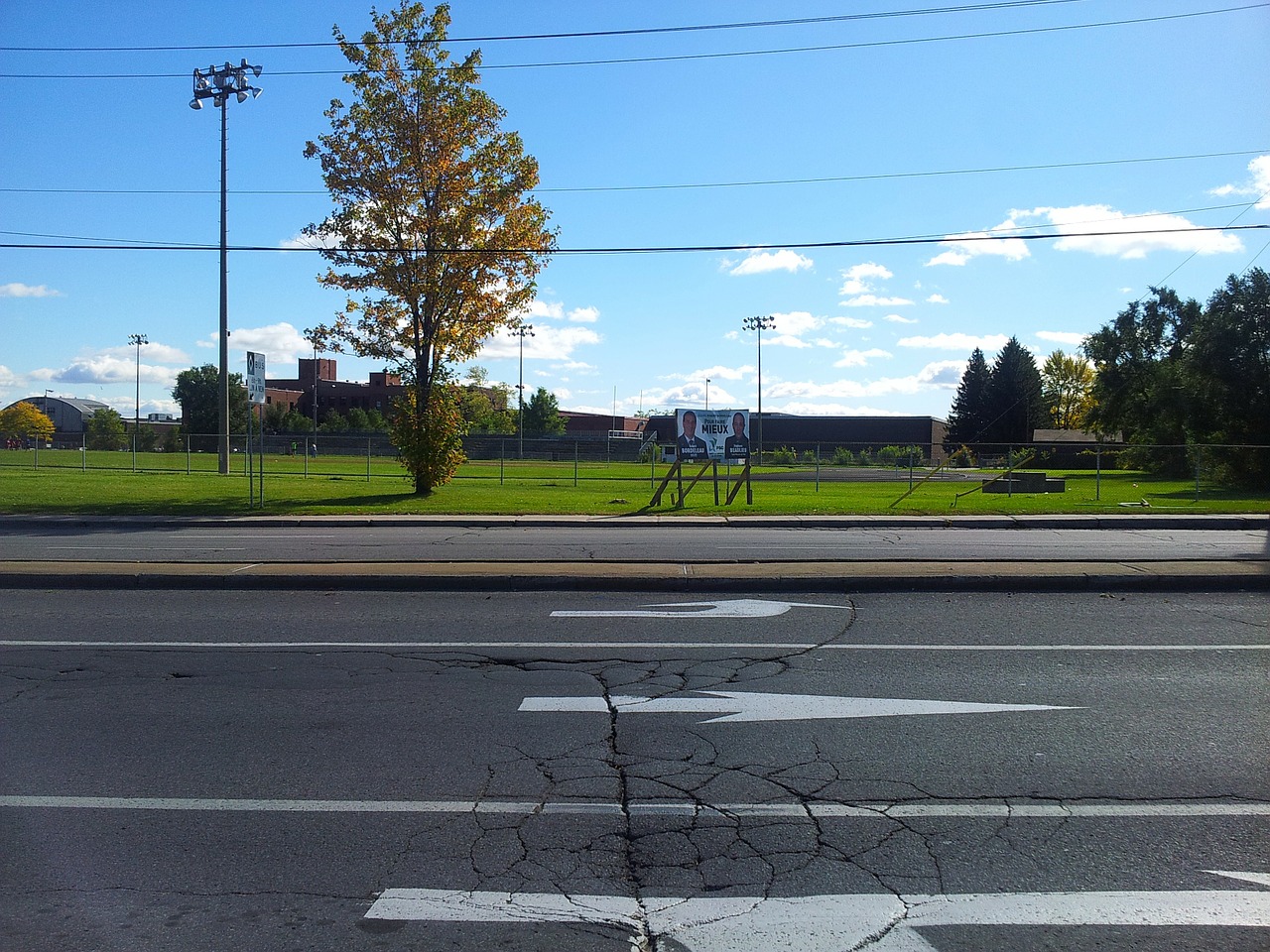
The basic rule is that midday trips should be avoided. The ADAC even recommends not to drive in the car during the 12 - 15 o'clock period when it is hot. If this is not possible, it is worth taking a longer break at this time, because driving during the heat can quickly lead to lack of concentration and tiredness. The ideal times for driving a car in summer are therefore in the early hours of the morning or in the evening. Nevertheless, it is advisable to take more frequent breaks while driving, so that the driver can increase his concentration and ability to drive again.
The long-lasting heat also has an effect on the roads. The asphalt becomes softer and softer, and the pressure of the trucks can cause ruts to form. This is especially dangerous for motorcyclists. The road can also burst if the temperature is too high. If you drive too fast towards these obstacles or see them too late, you may lose control of your vehicle. Therefore, it is advisable to drive with sufficient safety distance and not too fast.
How can the car be kept cool during the drive in summer?
If you don't have air conditioning in your car, you have several options to cool down:
- Sun protection for the windscreen
- Sun visors for rear windows
- Mobile fan
In addition to the already mentioned sun protection on the windscreen when parking, sun visors can also be used for the rear windows. The darkening of the windows is even recommended, especially when children or other passengers drive in the back seat. The sun protection is available as a screen to adhere to the window and now even as a tinted film for permanent attachment. However, the side windows of the driver and front passenger as well as the windscreen may not be darkened legally. In addition to darkening the windows, you can also attach a small mobile fan to the dashboard. However, it must not slip or impair the field of vision.
To the sun visors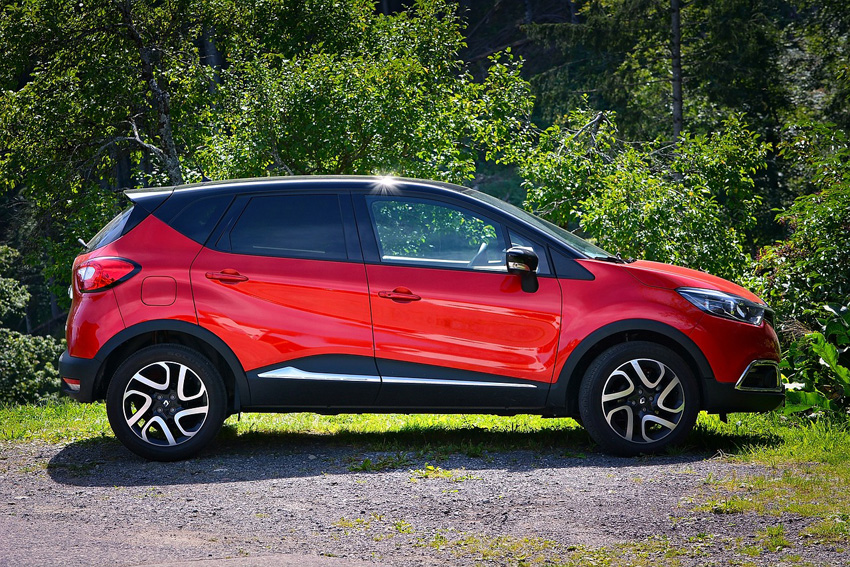
By the way: Before you start, ventilate completely and let the warm air escape. Only then start the air conditioning or the ventilation. In both cases, close the windows again and set the air conditioners and ventilators to circulating air. Then they can cool down the air faster, instead of having to cool down the hot air from the outside again and again from the front. Since the air in the interior becomes drier and drier with continuous circulating air and leads to oxygen deficiency, one should change over to outside air again, if the car is cooled down so far. The ideal temperature inside the car in summer is only 6 degrees below the outside temperature. At the end of the journey, you should switch off the air conditioning and leave only the ventilation running. Only then can the condensation evaporate and no bacteria or fungi form. For short distances it is therefore advisable to completely do without the air conditioning system and instead only work with the ventilation. At regular intervals, at the latest when bad odours come out of the air conditioning system, the air conditioning system should be disinfected with appropriate air conditioning system cleaners.
3. Which safety aspects have to be considered when driving in summer?
Besides the points listed above, there are also important things to consider for the rest of the car. The most important of these are:
- Fuel
- Tyres
- Battery
The basic rule is that liquids expand under heat. This also happens with the fuel in the tank. Therefore, the tank can sometimes not be completely full, even if the gas pump says the car is full. In addition, you should not fill the tank to the brim. This means that you should not refuel manually if the fuel tap stops alone during the filling process. In summer you should also not carry a filled reserve canister with you. This avoids unpleasantly smelling vapours and there is no risk of fire. For this reason the ADAC recommends to refuel earlier. Already if the tank is still a quarter full, a gas station should be started. The background is that you can quickly get into a traffic jam or other delays and you do not want to stay with an empty tank.
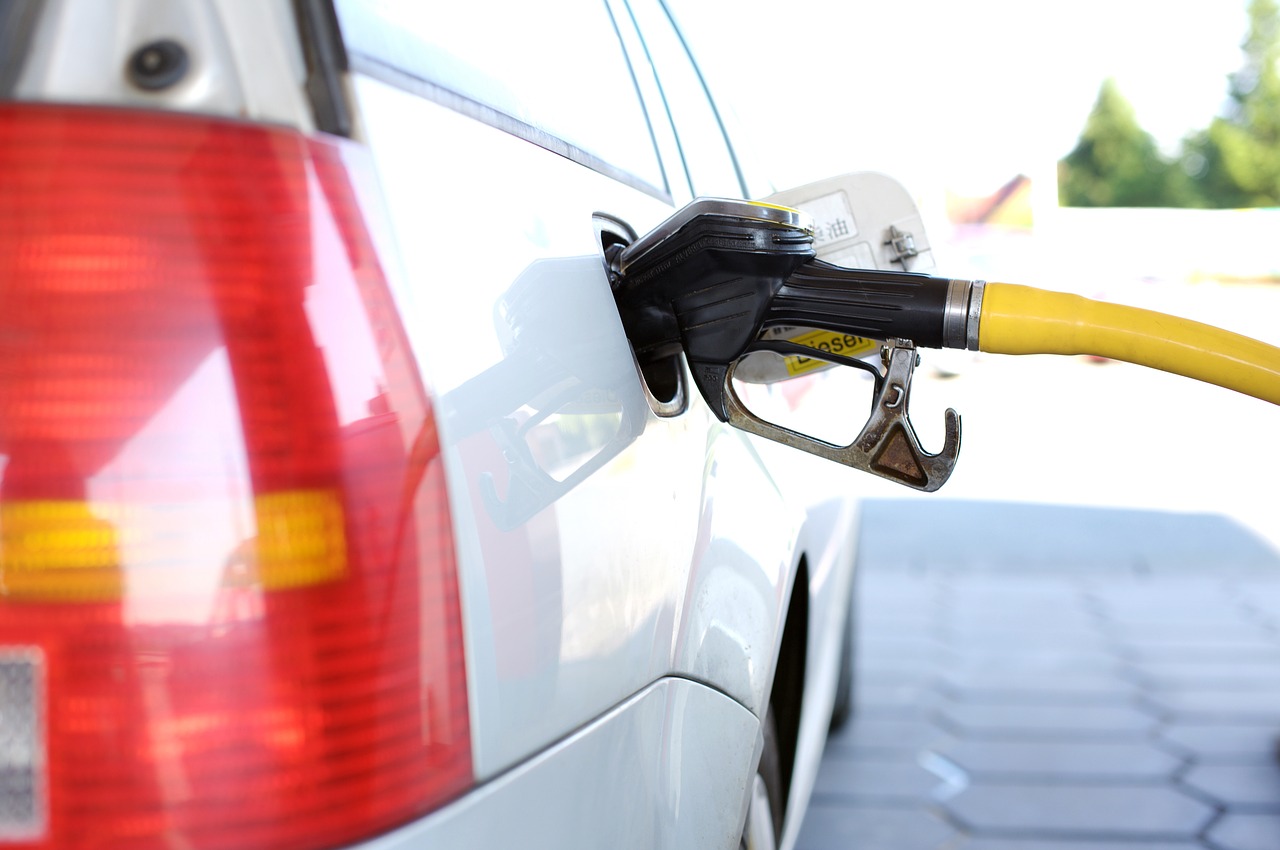
In addition to the fuel, it is also necessary to check the tyres. If they are damaged, porous, cracked or too worn, they should be replaced. Even so, the tyre pressure should be checked. It should not be too low, as otherwise the tyre will have too large a contact surface on the road and can heat up more quickly, which could cause the tyre to burst. TÜV-Nord also recommends a minimum tread depth of 3 millimetres, which can be checked easily and quickly with a tread depth gauge. The rim should also be checked in this context for damage.
The battery is also affected by strong heat. If the temperature rises above 35 degrees, it discharges more quickly. That's why car breakdowns due to battery damage are more frequent in summer. If you have to wait longer in the sun, battery guzzlers should switch off the air conditioning above all. In summer, electric cars should primarily park in the shade or drive to charging stations more frequently.
4. Behaviour in traffic jam
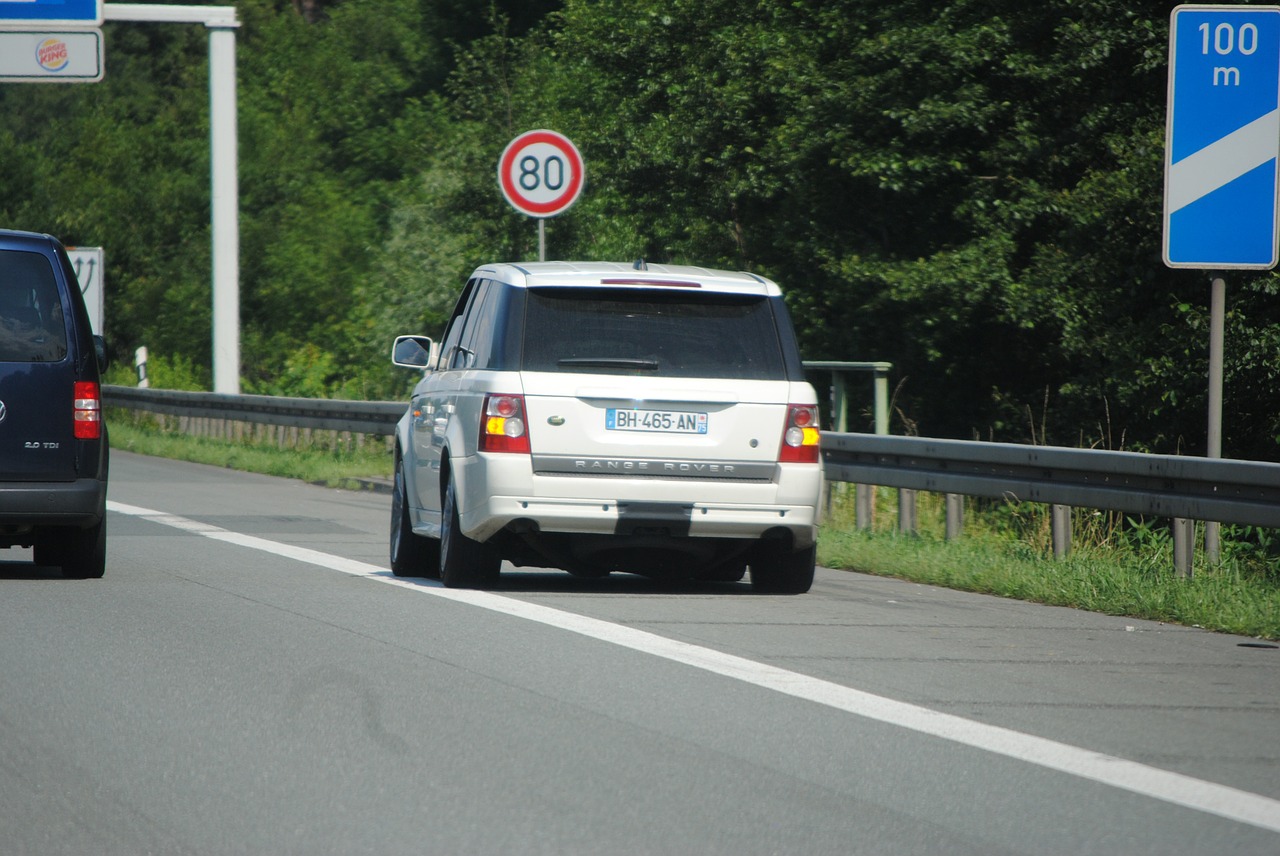
If you drive into a long traffic jam, you will often see broken down cars on the hard shoulder. They usually smoke heavily from the engine compartment because the engine has become too hot or the cooling system has failed. Causes are for example leaky hose connections and cooling containers or a dilapidated water pump, by which coolant is lost. Also, excessive heating can cause the cooling water to evaporate too much. If there is no longer sufficient cooling water available, the engine can heat up even faster and break.
If you notice that the cooling water temperature rises too high, there is a trick to lower the temperature again: Simply turn up the heating in the interior fully. This will remove the warm air from the engine and its temperature as well as that of the cooling water will drop again. The cylinder head gaskets can also be damaged by the heat in the car.
Also, the battery can drain in traffic jams. Reason for this is too many consumers switched on such as fans, air conditioning, radio, lights, etc.. When idling or at low revs, the alternator cannot do this alone and the battery has to help out. If the traffic jam lasts too long, the battery may discharge. The advice here is to switch off as many consumers as possible in traffic jams in order to conserve the battery and carry a battery charger with you. It is also best to keep the engine running all the time. Restarts can then give the already struck battery the rest. With an automatic start-stop system, this is self-regulating. The hotter the weather, the more vehicles are affected by failures. It is therefore advisable to take frequent breaks and, if possible, to avoid traffic jams over long distances.
The tips listed here show how you can be cool and safe even when driving in a hot car. It is therefore quite easy to prevent the car from heating up. Just follow the recommendations when planning your trip or parking and the high temperatures won't be so bad anymore. We wish you all a pleasant journey and would be happy to answer any questions you may have about our products.













